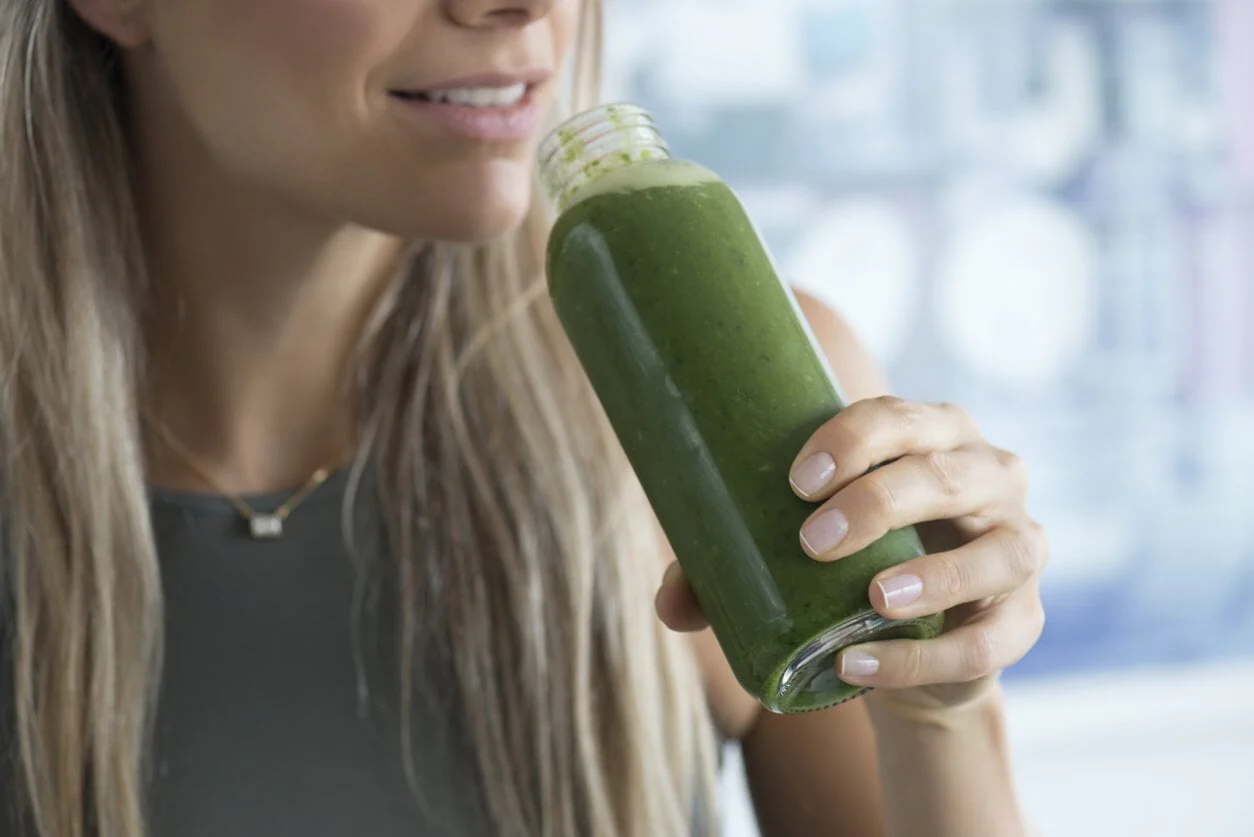
- Health advice
- Sep 12, 2017
Honey has a history of medicinal use that dates back thousands of years, as a natural antimicrobial for illness and wound healing as well as food.
Roman soldiers carried honeycomb- eating it for energy (chewing the wax like chewing gum) and using it to dress wounds and skin ailments. Manuka honey is produced from particular species of Leptospermum (Tea tree) native to New Zealand and Australia too.
What makes Manuka Honey Special?
It was discovered that Manuka Honey had higher than usual antimicrobial activity. The reasons why were initially unknown and called “Unique Manuka Factors” (UMF). The UMF's were later identified as methyl glyoxal (MGO). The levels of UMF/MGO are displayed on the jar labels. The higher the level the greater the concentration of the active ingredients (MGO), the higher the therapeutic value. The two differing systems of grading Manuka Honey has created confusion ….Which one do you choose?
UMF v MGO - how to compare the two rating systems for Manuka Honey potency
Here is a good rule of thumb:
- MGO 100/UMF 5 - low grade of Manuka activity – not for medicinal use but a great food to consume daily
- MGO 250/UMF 10 -ideal for better immunity and increased vitality
- MGO 550/UMF 15 -ideal for high antibacterial benefits and medicinal action. Helpful for digestive problems, ulcers, inflammatory conditions
- MGO 550+/UMF 20 - highest level of therapeutic effect, ideal for specific medicinal use such as dressings for ulcerations, wounds etc.
- Blended Manuka Honeys have been combined with other honeys and are not suitable for therapeutic use as they do not contain a standardised UMF/MGO content. However they are suitable as a health food for daily use.
Using Manuka honey on your skin
Manuka is great to include as part of your skin care regime! A manuka honey mask will apply its medicinal qualities to your skin and is particularly good for acne because of the antibacterial action. Unlike antibiotics, Manuka doesn’t kill microorganisms by destroying the bacteria’s cell wall but it relies on these natural mechanisms:
How Manuka honey works in Skincare
- It draws moisture from the air, which dehydrates bacteria
- Its sugar content halts the growth of microbes
- The pH of honey, between 2 and 4.5, is low enough to inhibit the growth of most microorganisms
- An enzyme called glucose oxidase produces hydrogen peroxide, a powerful antibacterial agent
Try this Honey Mask
- Apply Manuka to a cleansed, moist skin
- Sit back relax.
- Leave honey until tacky (15-20 minutes)
- Rinse with warm water
Healthy Manuka drink
Manuka with Apple Cider Vinegar makes a healthy drink that will support your digestion and immune system:
- ½ tablespoon Manuka honey (MGO 250 or 550)
- 1 tablespoon Apple Cider Vinegar (Braggs is best!)
- Mix with warm water and consume once or twice per day on an empty stomach
- Add a pinch of turmeric for a super blast!
Manuka Honey is truly a superfood with great therapeutic value. It possesses anti-microbial action that is measured by its UMF/MGO content level and is useful for anything from sore throats and colds to digestive conditions and skin healing. It tastes great making it a health food that adults and children enjoy!
Naturopath Desley Hatfield
Desley is a practical naturopath who utilises functional and medicinal foods alongside herbs and supplements to help you make positive, easy-to-implement changes to your health!
Related Articles
Recently Viewed
- ${ variant.price | currencyFromCents } | ${ variant.title } ${ variant.price | currency } | ${ variant.title }




















